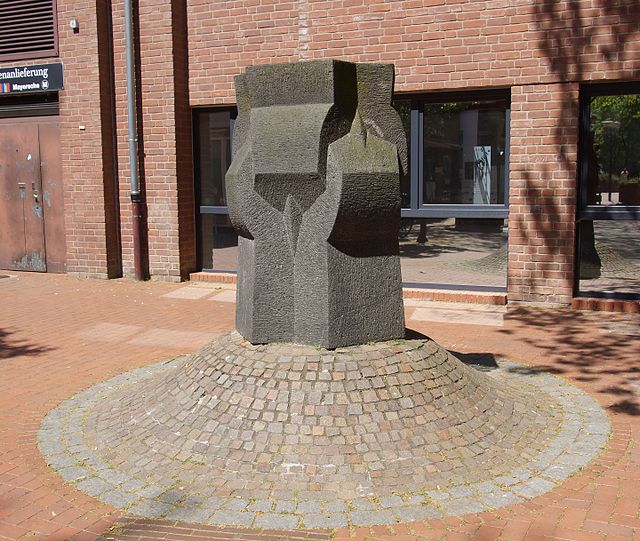The bowline is an ancient and simple knot used to form a fixed loop at the end of a rope. It has the virtues of being both easy to tie and untie; most notably, it is easy to untie after being subjected to a load. The bowline is sometimes referred to as king of the knots because of its importance. Along with the sheet bend and the clove hitch, the bowline is often considered one of the most essential knots.
Bowline
Two-loop Birmingham bowline before tightening and dressing the knot. Two turns taken around the standing part of the line form two loops.
Variants: Bowline Cowboy bowline Eskimo bowline Cossack knot
A knot is an intentional complication in cordage which may be practical or decorative, or both. Practical knots are classified by function, including hitches, bends, loop knots, and splices: a hitch fastens a rope to another object; a bend fastens two ends of a rope to each another; a loop knot is any knot creating a loop; and splice denotes any multi-strand knot, including bends and loops. A knot may also refer, in the strictest sense, to a stopper or knob at the end of a rope to keep that end from slipping through a grommet or eye. Knots have excited interest since ancient times for their practical uses, as well as their topological intricacy, studied in the area of mathematics known as knot theory.
Knot board [es] on Elbe 1 (ship, 1965)
An example of a quipu from the Inca Empire, currently in the Larco Museum Collection.
Alexander cuts the Gordian Knot, by Jean-Simon Berthélemy (1743–1812)
Gordian Knot statue (1990)




![Knot board [es] on Elbe 1 (ship, 1965)](https://upload.wikimedia.org/wikipedia/commons/thumb/d/da/Knopar_-_2017.jpg/640px-Knopar_-_2017.jpg)


